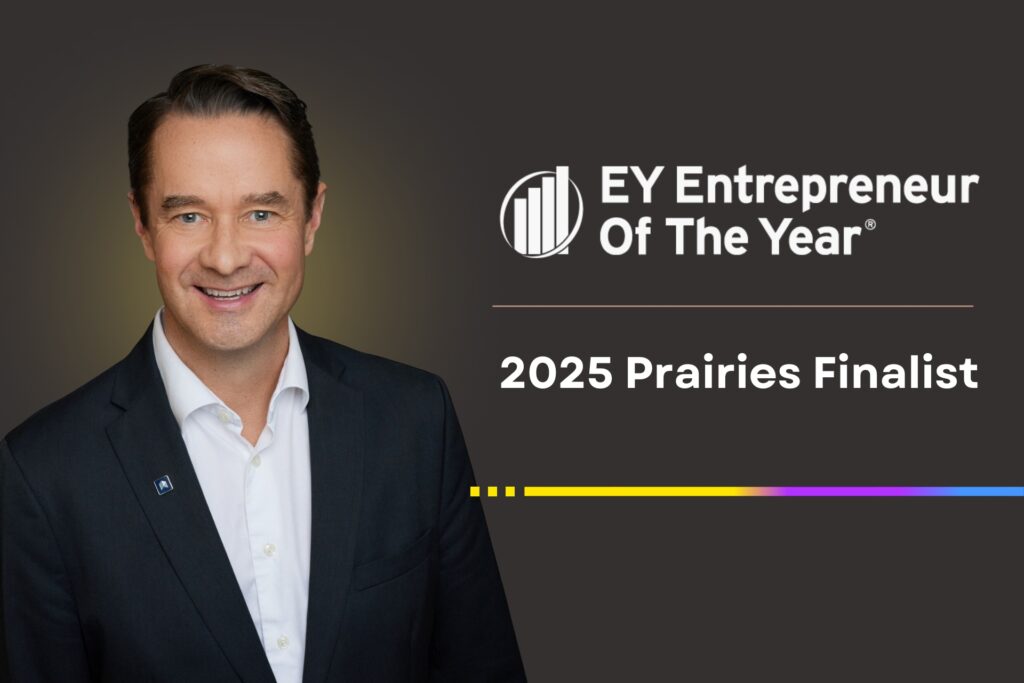How Hiring Managers Can Adapt to Boost Hires and Retention Rates
October 1, 2019
Share This Article
We all get stuck in a rut from time-to-time — but for hiring managers this could have a detrimental effect on hiring and retention. Let’s take a look at the behavioural shifts that hiring managers can make to improve their hire and retention rates.
Staff have different demands for their ideal culture and job satisfaction than they did 10 years ago. Hiring managers who’ve been in the industry for a while can be slow to adapt to these changing demands from the workforce. With just a few small behavioural shifts, hiring managers can refresh their approach to acquiring and retaining talent to significantly improve retention rates.
Shorter Interview Rounds
Candidates want to know your hiring process — including how long it’ll take to get hired. A sprawling hire period without set milestones means it’s easy for candidates to lose interest. Not only that, but they’ll also be looking elsewhere if there is a long break between interview rounds.
A long interview process with multiple rounds can also be off-putting for many candidates. Each interview requires additional time off from their current job and also means extra preparation time for presentations, video calls, or tasks.
Define your interview process – with set dates and milestones – before you open applications. This allows candidates to prepare potential time off from their current job and also gives them a clear expectation of how long they’ll have to wait to find out if they’ve got the job.
No Vacations in Set Hiring Periods
Setting milestones also means you can lock in the relevant senior management team members for their time required during the interview process. We have often come across companies that struggle to hire because hiring managers or senior management crucial to the hiring process go on a vacation during the hiring period.
This causes problems on both sides: candidates become frustrated with delays and pull out of the hiring process, and communication between hiring managers, senior management, and recruitment agencies lags.
Arranging set hiring periods around vacation times is one of the best ways to improve communication, speed up the hiring process, and keep candidates interested in their application.
Offering Competitive Salaries
As an expert talent acquisition agency, we’ve seen it all — and one of the most common problems we’ve witnessed is companies low-balling on offered salaries.
Understandably, you want the best talent for your budget. However, offering noncompetitive salaries means you won’t attract the right talent to the role — and this frustrates everyone, not just candidates. It can seriously extend your hiring period for each vacancy, too — which means you’re spending time and money finding a candidate that could’ve been offered as part of a better remuneration package in the first place.
It’s a common misconception that recruitment agencies push for higher salaries because it increases their pay when placing a candidate. The reality is that a competitive salary allows you to pick from the best talent around. It improves employee satisfaction, too, as staff feel valued you’re paying market rate for their work. This, in turn, improves your total retention rate, so you’re spending less on hiring staff overall.
Analysis and Action on Declined Hire Feedback
When candidates refuse a job offer, or existing staff leave your company, it’s easy to write it off as a ‘them problem’ and not an internal culture issue.
However, listening to feedback from candidates who refuse the offer or staff leaving your company means you can identify what’s turning talent away. Company culture has a big impact on whether talent wants to take a job — and stay there — so try introducing post-offer or post-employment feedback as standard.
This will help you to recognize company culture trends that turn great talent away. When you know what’s going wrong, it’s much easier to set it right!
Broaden Talent Search Locations
Companies are still reluctant to consider talent from further afield. Keeping your talent search local restricts the pool of candidates: you could be missing out on the perfect person for the job because they live further away. There are ways to get around this. If your vacancy is an in-house position where the person has to be on-site, such as at a manufacturing plant, consider offering a relocation package to the right candidate. Advertise your role to a broader area with this option and you’ll have your pick of the best talent available.
Consider whether the role needs to be on-site at all. Many roles can now be entirely remote — and this opens up your candidate pool to an international market. Flexible working and remote working are huge attractors for talent and offer a boost to candidates in rural communities, too.
Stay Exclusive to Your Recruitment Agency
One final problem we often see with hiring managers is a ‘spray and pray’ attitude with recruitment agencies. They’ll opt to use several agencies in the hope that this will broaden their talent pool — but it can damage their reputation instead.
Using multiple agencies means the same recruiters end up vying for the attention of the same candidates. This can frustrate applicants if they’re approached by several recruiting managers for the same role. It also adds an air of desperation — the candidate will often wonder why the role is being pushed so hard by so many different agencies. A multiple-agency approach also rockets the cost of each hire as you’re spending more time communicating with each agency instead of a sole point of contact.
An exclusive arrangement with a single talent recruitment agency specializing in your field is far more likely to yield results. They’ll have a dedicated point of contact, be able to approach candidates in the knowledge they haven’t already been interviewed for the role, and build a relationship to help understand your company culture to find the best personality fit for the role.
Speak to us today to find out more about the benefits of using a single recruitment agency to improve your hire and retention rates.




